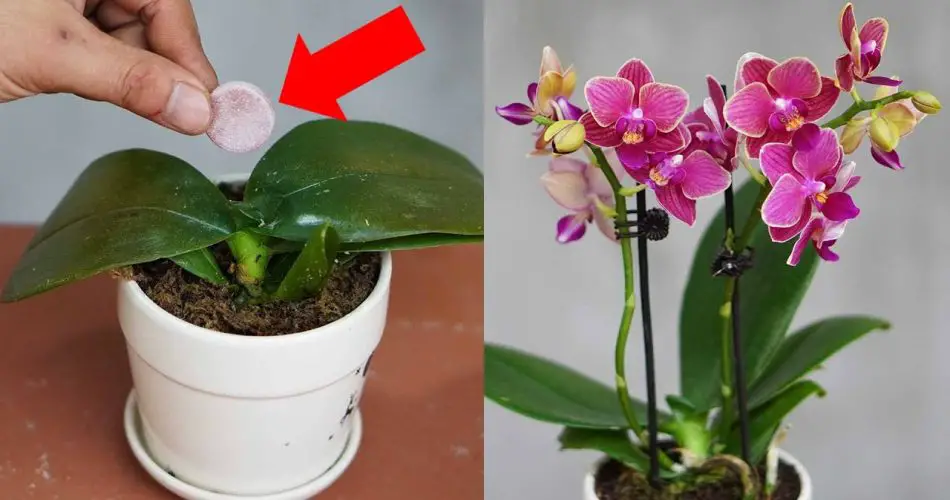
- Health Assessment: Begin by closely examining your orchid for signs of distress such as yellowing leaves, wilting, or mold presence. A thorough inspection will help you understand the plant’s needs and address issues effectively.
- Optimize Watering Routine: Orchids require a careful balance in watering. Over-watering or under-watering can both be detrimental. Wait until the top layer of the soil feels dry to the touch before watering thoroughly, ensuring not to waterlog the plant.
- Select the Appropriate Potting Mix: Choosing a potting mix specifically designed for orchids is crucial, as they require a mix that offers excellent aeration and drainage. If the existing mix is compacted or old, it’s time for a change.
- Consider Repotting: If the orchid appears cramped or the potting mix is deteriorated, repotting might be necessary. Carefully remove the orchid, trim away any dead or unhealthy roots, and replant it in a fresh orchid potting mix.
- Ensure Adequate Light: Orchids flourish in bright, but indirect sunlight. Place your orchid where it can receive ample light without the risk of being scorched by direct sun rays.
- Maintain Proper Humidity Levels: Orchids thrive in environments with higher humidity. If your home’s air is too dry, consider using a humidifier or placing a water-filled tray near the orchid to increase humidity.
- Fertilize Properly: Use an orchid-specific fertilizer, applying it at half the recommended strength every two to four weeks during the growth period. Be cautious not to over-fertilize, as this can damage the plant.
- Prune Strategically: Remove dead or yellowing leaves and spent flower spikes to not only enhance the orchid’s appearance but also to encourage energy distribution to healthy parts of the plant.
- Exercise Patience: Orchids can take time to recover and bloom. Maintain consistent care and be patient, understanding that immediate results might not be evident.
- Celebrate Your Success: When your orchid eventually blooms, take the time to appreciate the beauty and success of your efforts. The blooms are a testament to the care and attention you’ve provided.
Following these steps will not only help your orchid recover but also thrive, leading to beautiful blooms you can enjoy. Remember, consistent and patient care is key to nurturing a healthy orchid.
